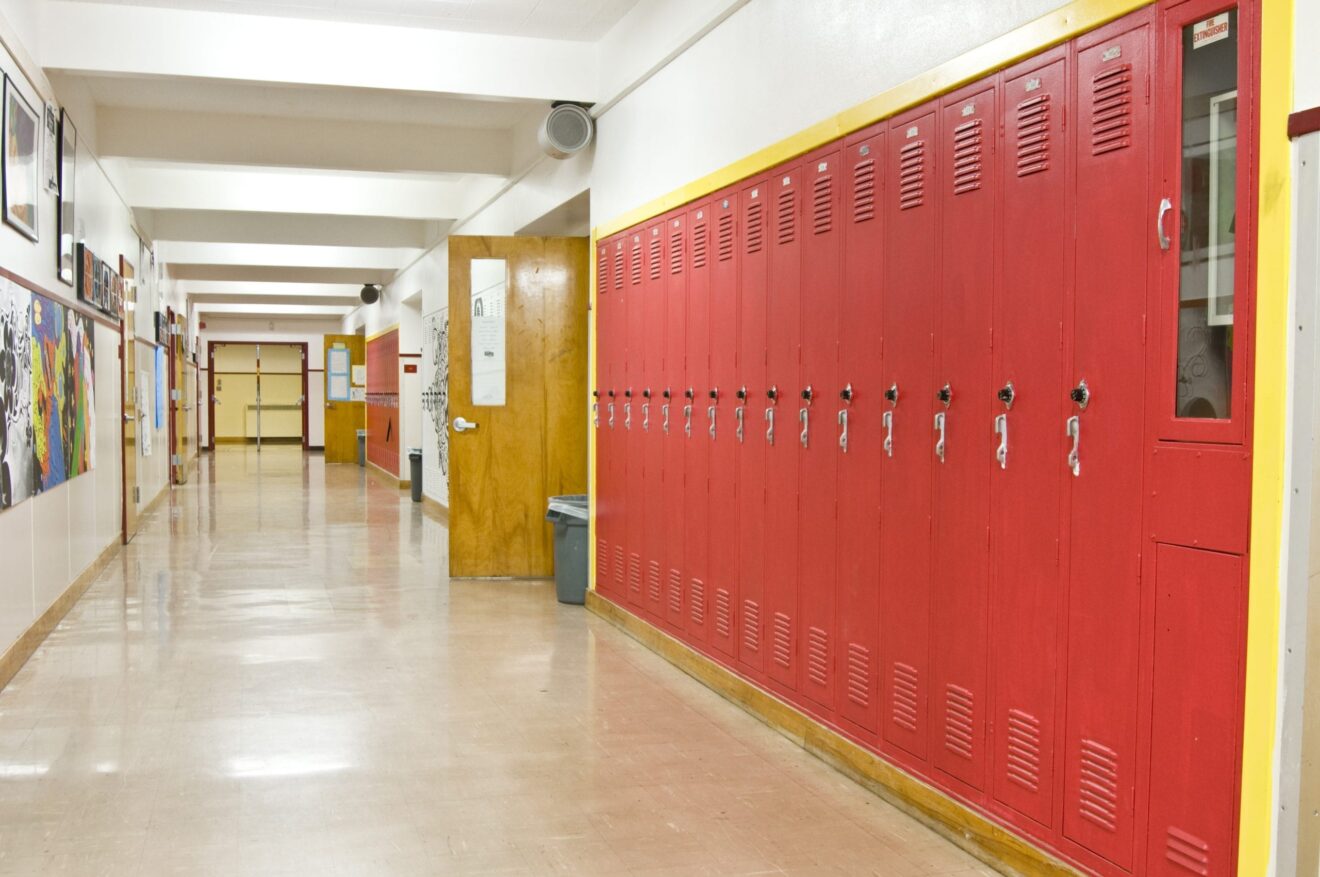New state legislation could result in a significant loss of funding for regional magnet schools by preventing them from charging tuition to the local school districts.
Two bills currently under consideration in the legislature – “An Act Addressing Education Funding and Racial Equity” and “An Act Concerning the Establishment of a Money-Follows-the-Child Approach to Funding Public Education,” would make charter, magnet, and vocational agriculture and tech program funding dependent on a state formula that is largely based on the number of high-need students in a district rather than the school’s operational costs.
Magnet school directors say that this has the potential to place them in a bind. If the state takes away the school’s ability to charge tuition and then fails to pay the full state grant amount, the schools will be unable to make up the difference.
Greg Florio, executive director of the Capital Region Education Council, which oversees 16 magnet schools in the Hartford region, said that there needed to be “some sort of assurance” that the magnet schools would receive compensatory levels of funding.
“It does create an opportunity for there to be some significant issues,” said Florio. “My concern is that if the state didn’t fund increases … we would have to either reduce programming, or, in a dramatic situation have to close a school.”
Florio said that the council’s magnet schools currently receive $10,625 each year in state funds, and about $5,000 from districts for tuition.
Katherine Ericson, executive director of LEARN, a Regional Education Service Center that runs four magnet schools in southeast Connecticut, agreed with Florio that if the state’s education cost sharing formula is not fully funded, the consequences could be extremely problematic.
Ericson said her schools will receive a yearly grant of $8,053 from the state, plus an additional tuition of between $3,167 and $6,131, depending on the school, for the 2021-22 school year.
“If you’re telling me the state would supplement, then it would be okay,” she said. If not,“that would be devastating.”
By the numbers
Proponents of both bills say that the proposed funding formulas would make up for and sometimes exceed current tuition payments.
Magnet schools in the southeast region stand to receive an increase under the “money follows the child” proposal.
According to calculations provided by P.A.C.E. Education Strategies, a non-profit advocacy group working with proponents of the bill, a child in Waterford attending the Waterford-based Friendship School, run by LEARN, would bring the school $12,617 — $511 more per pupil than the school would currently receive in tuition and state grants.
However, Peter Yazbak, spokesman for the state Department of Education warned that this proposal could jeopardize the funding for many regional magnet schools.
“In many cases it will still generate less funding than the schools currently receive through a combination of the state grant and tuition and they won’t have the ability to make up that difference,” said Yazbak.
Yazbak said that in the year 2018-19, the average per-pupil expenditure was $17,630. In comparison, the per-pupil amounts under “money follows the child” range from $11,593 in Weston to $15,024 in Hartford, according to the P.A.C.E. numbers.
Data from the School and State Finance Project shows that magnet schools in the capital region charge between $3,600 and $5,500 in tuition, along with a state grant of $10,652. If a Hartford student received $15,024 through “money follows the child, many of these schools would experience a decrease of between $92 and $1,152 per pupil.
Additionally, these figures rely on a full funding of the ECS formula, which is not set to take place until 2028 at the earliest. In the interim years, Yazbak said, many of these districts would be receiving significantly less funding.
Under the Education Funding and Racial Equity Act, LEARN schools would receive an increase of $83 million compared to current projections for fiscal year 2022. According to calculations from the School and State Finance Project, schools in the capital region would receive an additional $8.6 million and those in southeast Connecticut an additional $5.6 million.
But this funding would still depend on the full funding of the state cost sharing formula, and the Department of Education testified that this legislation would also limit the revenue that magnet schools may collect.
A clear vision
If the state fully funds the education cost sharing formula or guarantees funding in another way, there are some potential upsides to the proposals, according to Ericson.
She said she would like to see magnet schools get a steady source of funding.
“We are consistently an afterthought in the budget,” said Ericson. “We are lucky if we can manage a two percent increase. It makes it a challenge to run high quality educational facilities.”
Not having to charge tuition, Ericson added, could be helpful for their relationship with the local school district. She said having to bill the local school district creates a “complex relationship” with the district.
“It would be nice to take that aspect out of the mix,” said Ericson.
Ultimately, Ericson said, her desire was to see the state recognize magnet schools for the unique contributions they make toward education.
“I wish there was a vision for magnet schools in the state of Connecticut that was really clear,” said Ericson.
She added that she believed magnet schools — because of their ability to bring together students from different zip codes and socio-economic backgrounds — give students a deeper appreciation and acceptance of one another. Ericson referred to this as “the power of an integrated learning environment.”
“It expands our students’ understandings of each other and each other’s experiences,” she said. “Our students have high levels of empathy and understanding and passion.”
“You really get a sense of each other’s stories,” she added. “It’s a really powerful tool.”

